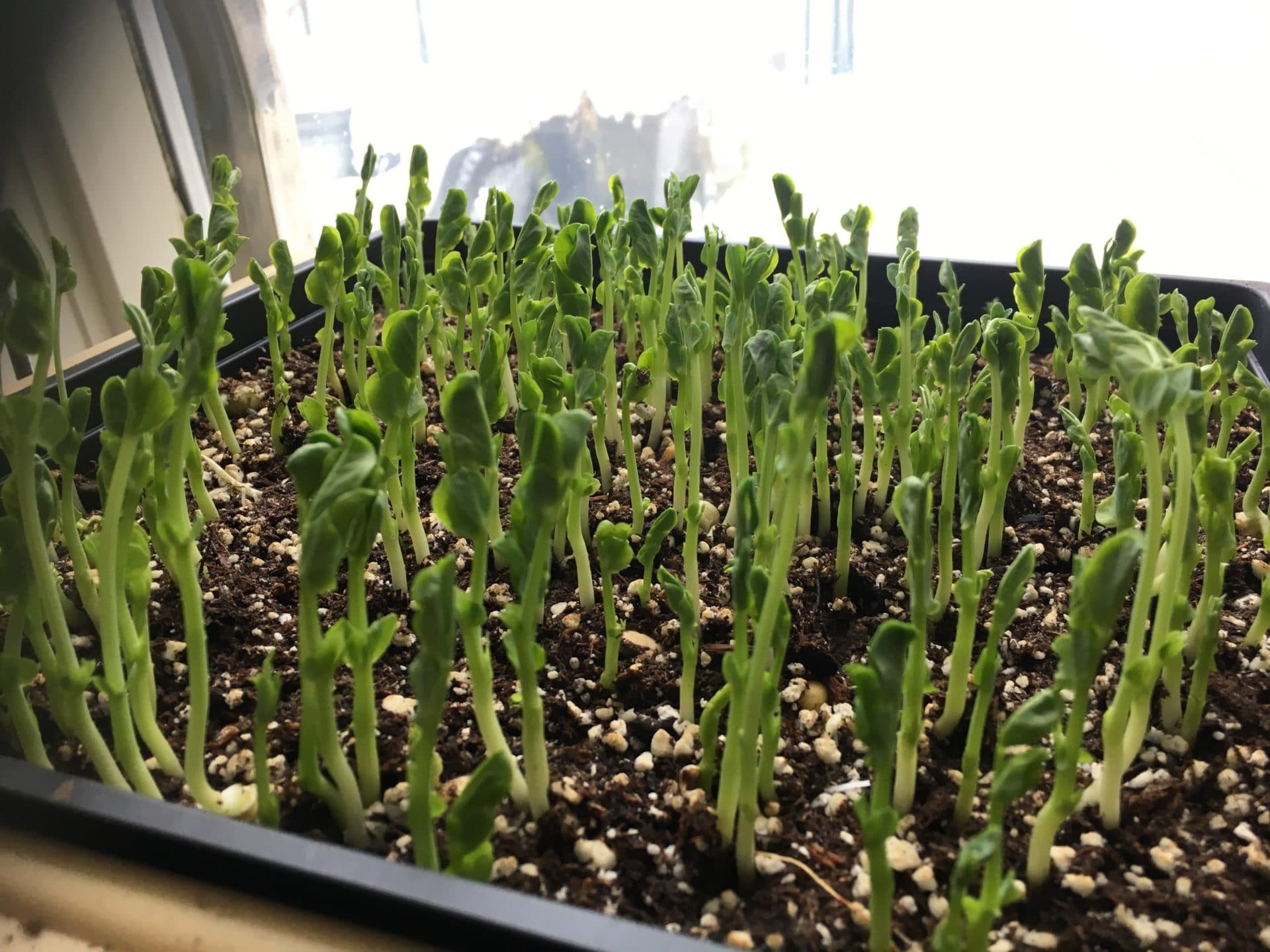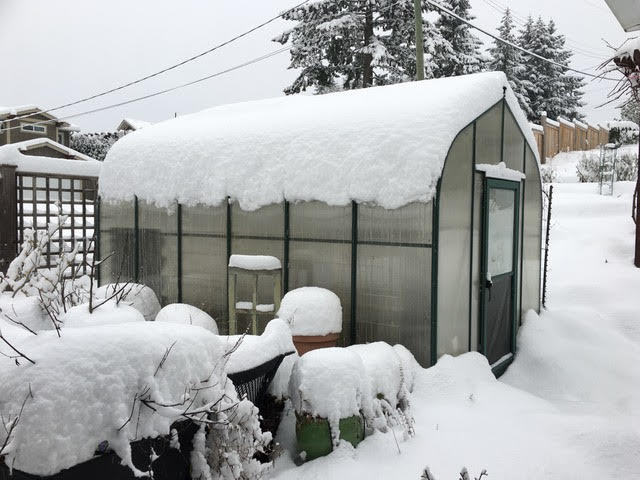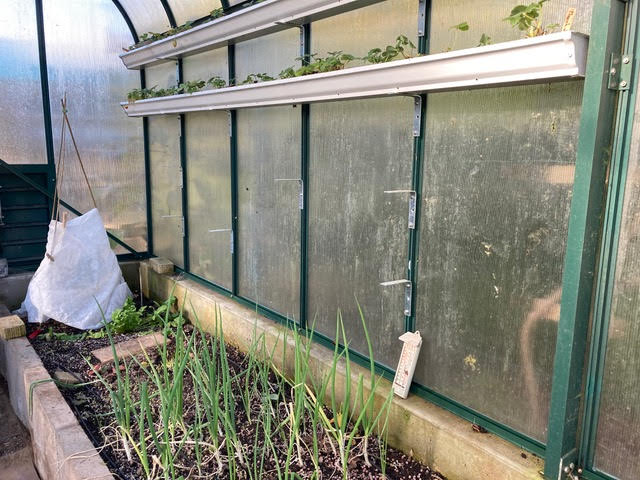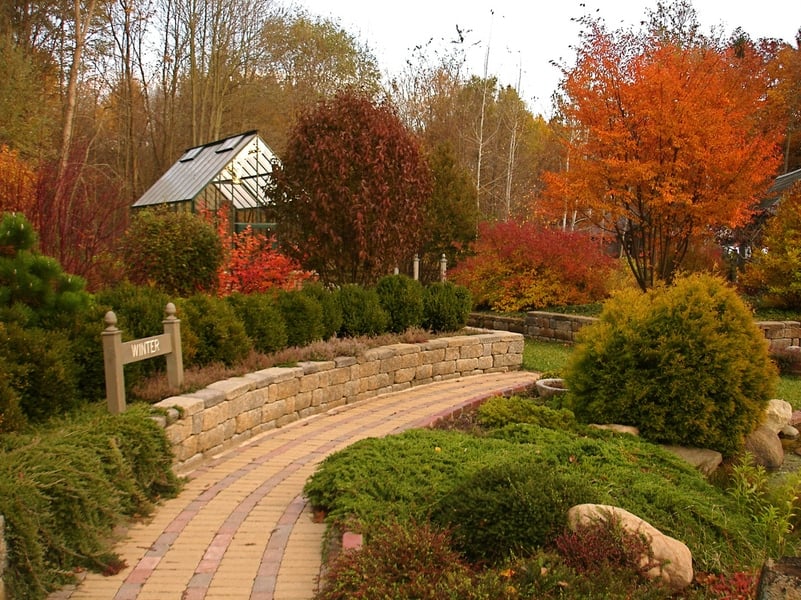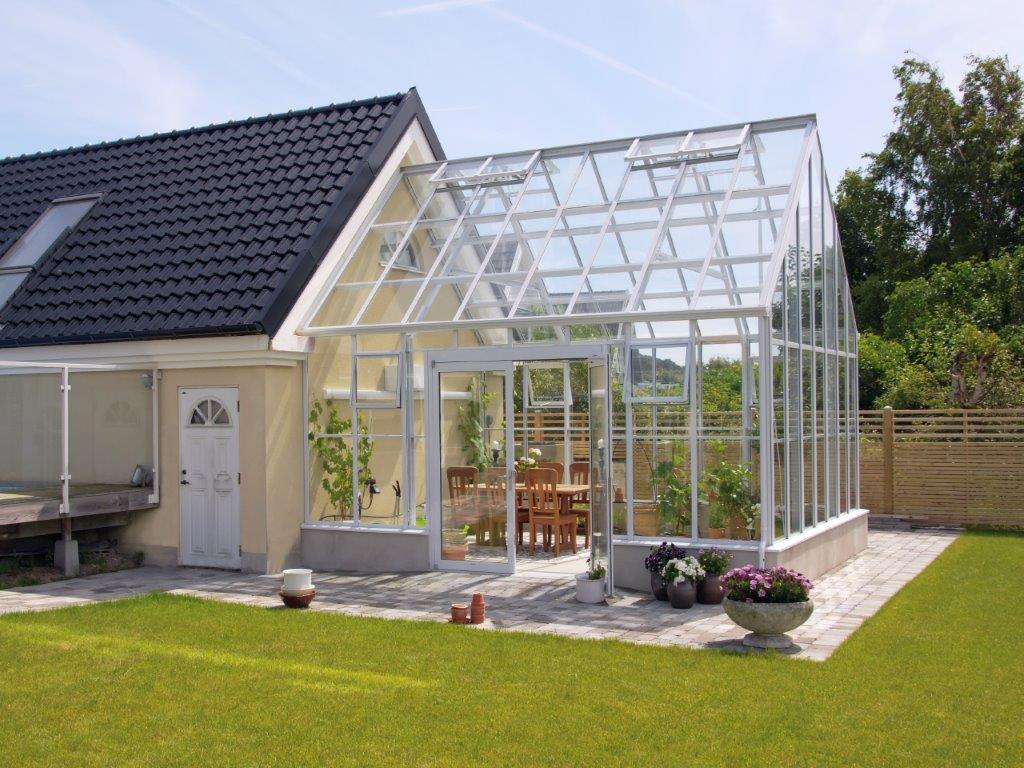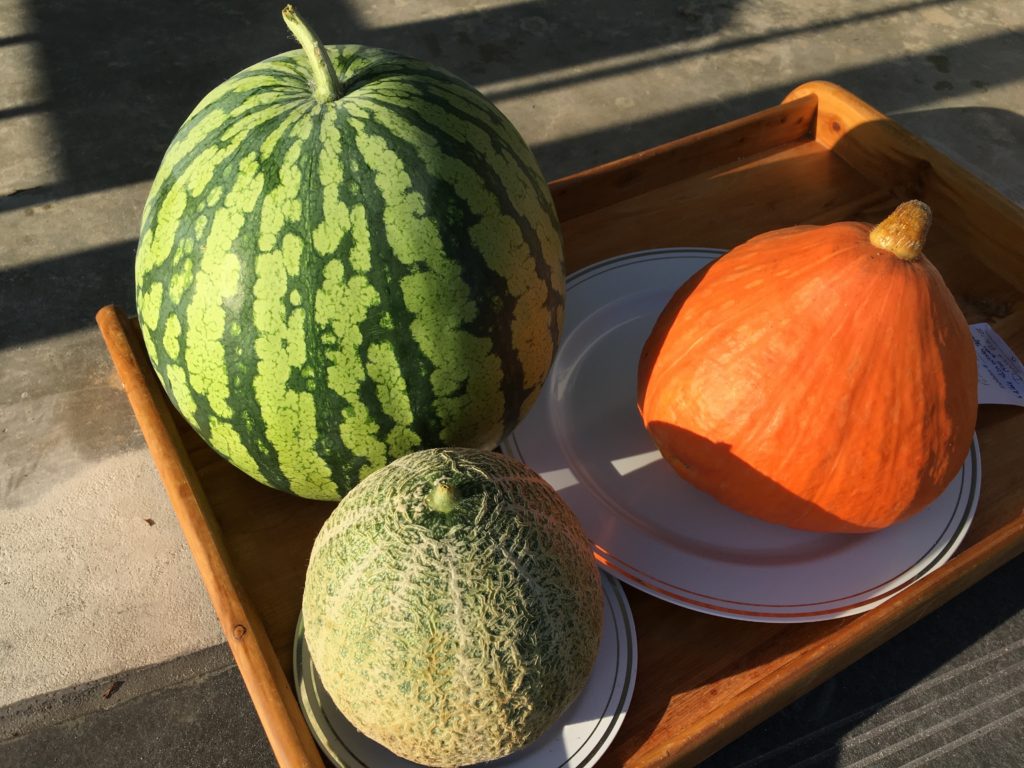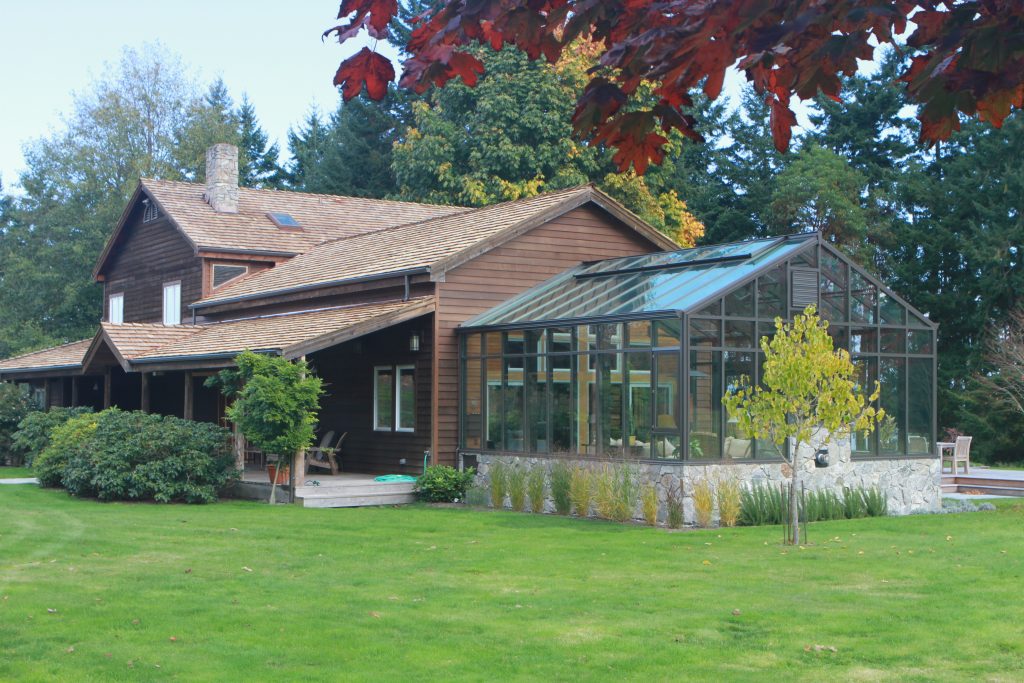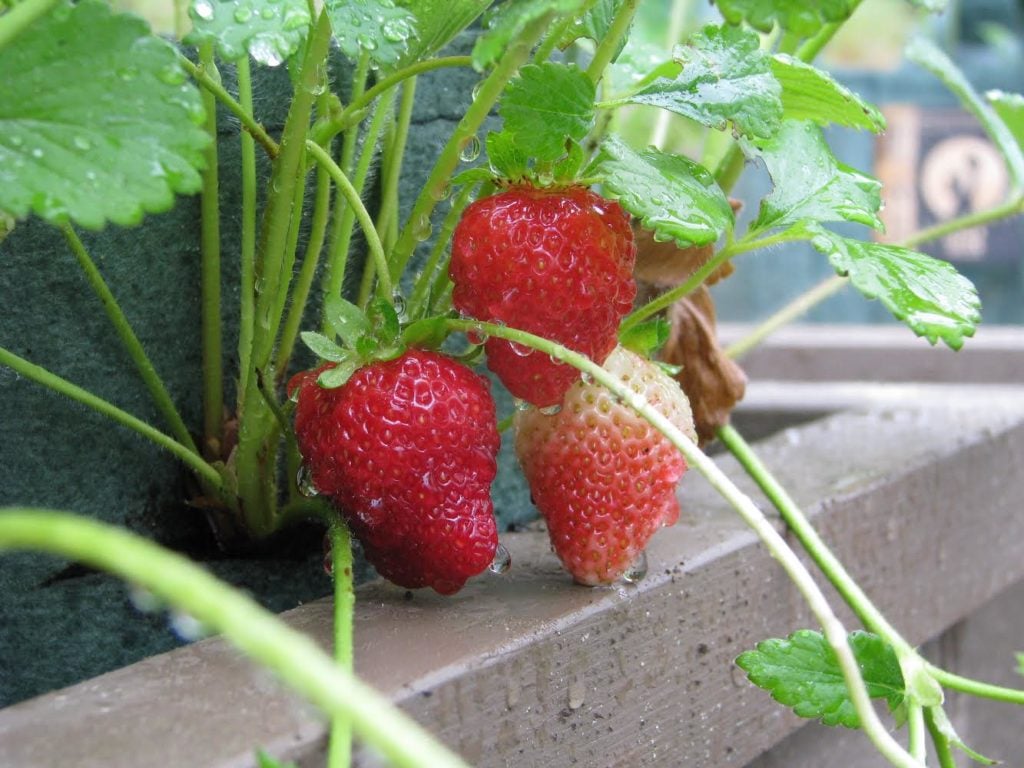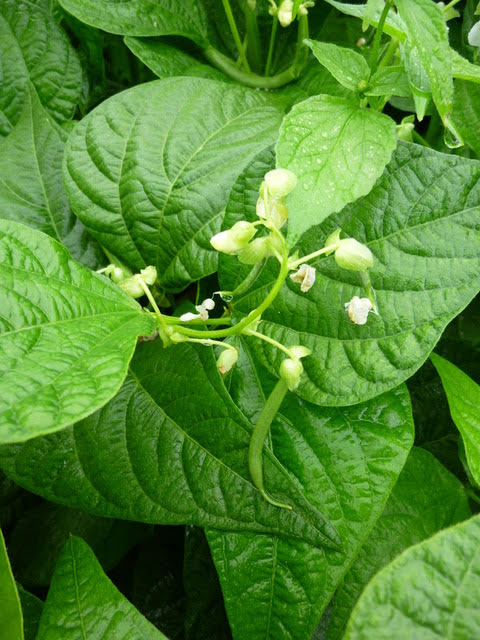What's the Best Soil for Greenhouse Gardening? A Comprehensive Guide
What is the Best Soil for Greenhouse Growing?
Quick Answer:
What is the best soil for greenhouse gardening? The ideal soil for greenhouse growing balances drainage, nutrient retention, and microbial activity—making custom blends like loam, triple mix, or super soil more effective than natural or bagged top soils. Should you use bagged soil or soil-less mixes in a greenhouse? While convenient, most bagged top soils and soil-less mixes lack essential nutrients and structure for long-term crops, so combining them with compost or organic amendments is key. How can you create high-performance soil for greenhouse plants? Blending your own triple mix (one-third soil, compost, and peat) or upgrading to a nutrient-rich super soil with worm castings, biochar, and trace minerals provides a strong foundation for healthier plants, richer flavors, and vibrant blooms.
If you are new to gardening and think growing is just a matter of adding water, you're in for a surprise. With terms like super soil, triple mix, natural soil, and even soil with no soil—it's no wonder new gardeners feel overwhelemed. So how do you choose the right soil for strong, healthy growth? And how do you get the most flavorful food and the brightest blooms?

